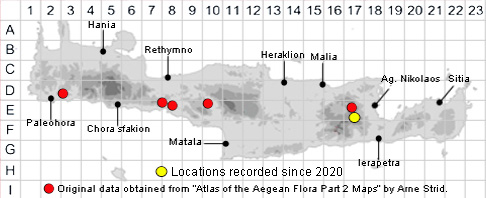

SPECIES DESCRIPTION
FALLOPIA CONVOLVULOUS
Family and Genus:- See- POLYGONACEAE
Common Names:- Black bindweed
Homotypic Synonyms:- None
Meaning:- Fallopia (L) For Gabriello Fallopio (1523 -62) Italian anatomist and
pharmacologist.
Convolvulus (L) Entwined. A name used by the Roman naturalist and
philosopher Pliny.
General description:- Annual or biennial, weak-stemmed, procumbent or
scrambling herb up to 1 m long but usually much shorter.
Stems:-
1) Up to 1 m, angular, twining or spreading.
Leaves:-
1) 2-6 cm, triangular-ovate, cordate to sagittate at the base, acuminate.
Flowers:-
1) In axillary clusters and a spike-like terminal inflorescences.
2) Pedicels, not more than 3 mm, even in fruit, articulated above the middle.
3) Perianth-segments, greenish-white, accrescent.
a) outer, keeled or slightly winged in fruit, rarely with broad wings.
Fruit:-
1) Nutlet, 4-5 mm, trigonous with flat or concave sides, dull black, finely granular.
Key features:-
1) !nflorescence, narrow, scarcely branched.
2) Fruiting pedicels, 1-3 mm.
3) Nut, finely punctate, dull.
Habitat:- Cultivated fields, gardens, roadsides and ruderal habitats. 0-1100 m.
Distribution:- Throughout Greece, especially in the north. - Widespread in Europe
and an almost a cosmopolitan weed of uncertain origin. Rare on Crete and currently
known from only a few scattered locations.
Flowering time:- Late Apr to Aug.
Photos by:- Steve Lenton